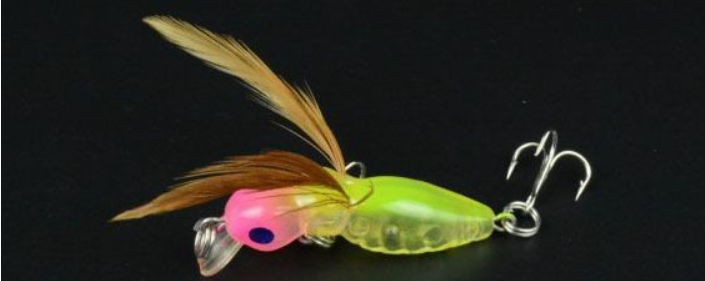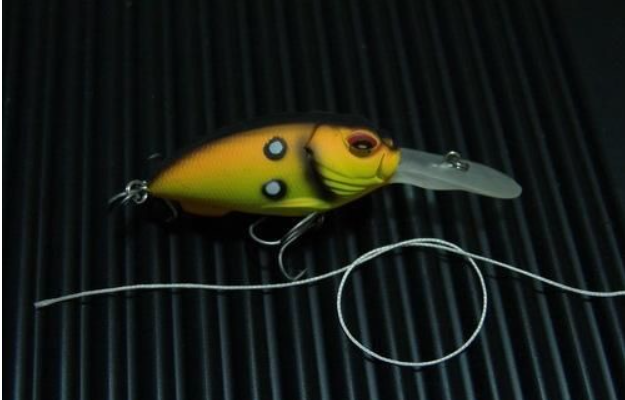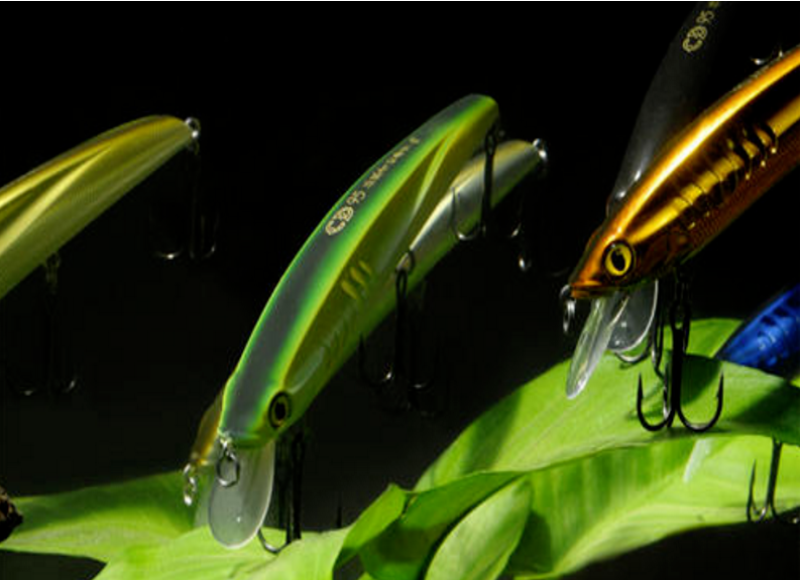Choosing the right lure size is the cornerstone of successful. While no “one size fits all” rule exists, three factors—fish species, water depth, and environment—act as your compass. Let’s break it down in angler-friendly terms.

1. Match the Prey to the Predator
Small panfish like bluegill or creek chub (think 6–12 inches) prefer 1–5g micro-lures: tiny spinners, 1-inch soft plastics, or fly-style jigs. These mimic their natural diet of insects and minnows. For mid-sized predators like bass (12–24 inches), 3–15g lures hit the sweet spot—think 3-inch swimbaits or vibrating jigs that trigger their hunting reflex. Giants like muskellunge or trophy pike? Opt for 7–25g beasts: 6-inch topwater frogs or heavy chatterbaits that mimic injured baitfish. Pro tip: Big fish rarely ignore a bold meal—just ensure the lure’s profile matches local prey.
2. Depth Dictates Weight
Shallow water (0–6ft)? Lighten up. A 2g Ned rig crawls over weeds without spooking skittish fish. Mid-column hunters (6–15ft) thrive on 5–10g suspending minnows or lipless crankbaits that dart enticingly. For deep water (15+ft), heavier 8–15g jigs or leadhead worms cut through currents and reach bottom-dwellers like Catfish or walleye. Remember: Heavier lures sink faster, but lighter ones let you “dance” baits in the strike zone longer.

3. Let the Environment Guide You
In tight streams or weedy ponds, 1–3g finesse lures reduce snags and allow precise casts. Open lakes demand 5–15g lures for distance—try a 10g spinnerbait to cover water efficiently. Rapids? Upweight to 3–5g to keep lures swimming; slow rivers? Drop to 1–2g for natural drift. Over heavy cover (logs, grass), 7–20g weedless frogs or Texas-rigged worms excel—they punch through obstacles without hanging up.
Bonus: Rod & Conditions Clues
Pair your lure with a compatible rod: UL (1–6g) for trout, M (5–15g) for bass, H (7–25g) for saltwater giants. Low light or murky water? Prioritize vibration over flash—10g VIBs or rattling jigs “speak” to fish via lateral lines. Sunny days? 3g chrome spinners dazzle in clear water.

Start Smart, Adapt Faster
Newbies? Grab a 3–5g versatile jig or soft plastic—they work in 80% of scenarios. Notice missed strikes? Downsize by 1–2g. If fish ignore your offering, try a bigger profile or slower retrieve. Remember: Lure size isn’t just about matching bait—it’s about mimicking confidence.
Final Take: Fish don’t read size labels—they chase what looks easy and familiar. Observe local baitfish, experiment with weights, and let the water tell you when to go big or small. Happy casting!